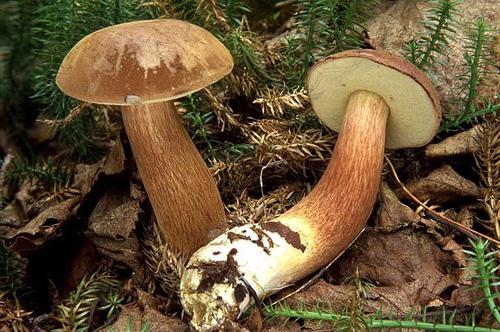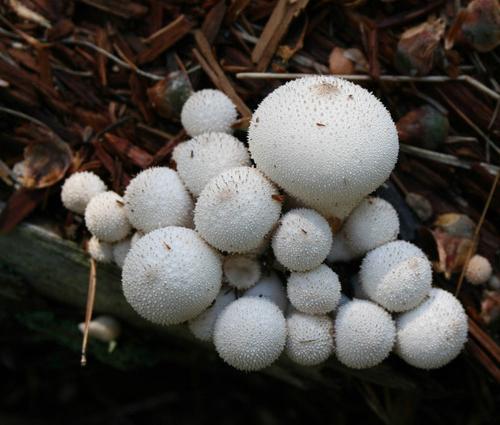Polish white fungus: description, habitat, culinary properties
Polish white fungus belongs to the second categoryedibility. It is quite delicious and popular in some regions, especially late autumn, when there are no other painful ones. In European countries the Polish white mushroom is very much appreciated and is considered excellent for its taste qualities. Soup is cooked from it, roasts are cooked, dried, marinated, salted, frozen. It is believed that to taste it strongly resembles a boletus. An interesting fact is that unclean merchants sometimes try to give the inexperienced purchaser a dried Polish instead of real white.

Polish white mushroom has a cap, hemisphericalat an early age and flat-convex, convex or cushioned in maturity. In old age, it flattened. Diameter - up to 20 cm. The color of the cap can have different tones: light brown-red, olive-brown chestnut, brownish, chocolate and dark brown, occasionally black-brown. In rainy weather, the shade becomes darker. At young macromycetes its edges are bent, and at mature they rise. The skin of the cap is dry, smooth, velvety to the touch, in damp weather - shiny and oily. It is not removed. Tubular layer is yellowish. If you press on it, there will appear bluish, bluish, blue-green or even brownish-brown spots. Tubules in the fungus are round, notched or angular. Pores can be broad, medium or small.

Habitat
White Polish mushroom grows on acidic grounds (underchestnut, beech and oak trees), as well as in coniferous forests under old pine and fir trees. Prefers sandy mossy soils, litter of fallen leaves, lowlands, can grow in the mountains. Distributed in the temperate zone of the Northern Hemisphere. Polish ceps are more common in the European part of the Russian Federation. They are collected in June-November.

Doubles
Inexperienced "quiet hunters" are often confusedPolish with a spruce or birch variety of white fungus. However, it is not difficult to distinguish them. In classic white fungus, the leg is lighter, barrel-shaped and does not turn blue when pressed. By the same features, macromycete is differentiated from bile fungus, which is inedible. Much more Polish white mushroom is similar to some species of mosses, to which he himself belongs. For example, the moss is brown, mottled and green. However, these mushrooms are edible and are not dangerous for health.
</ p>




